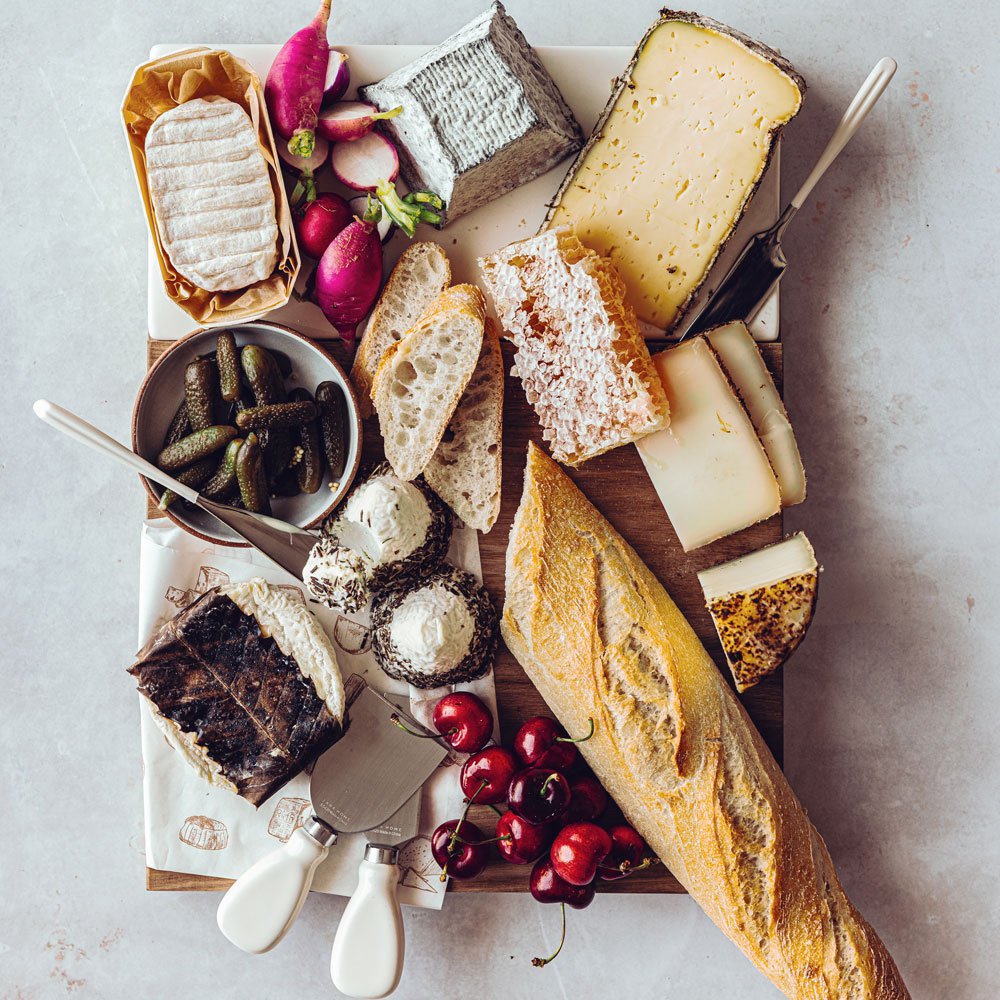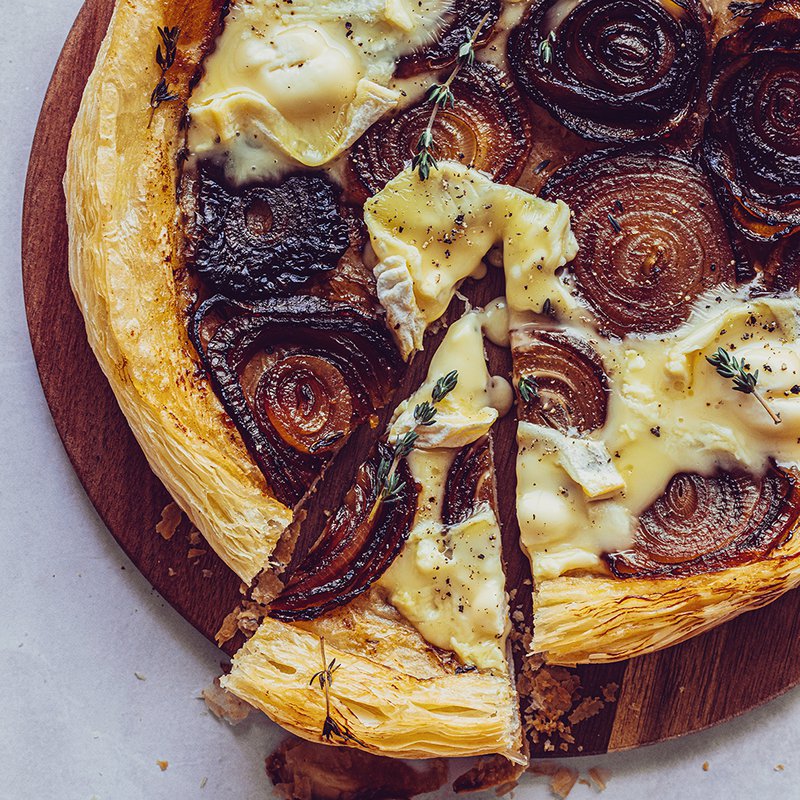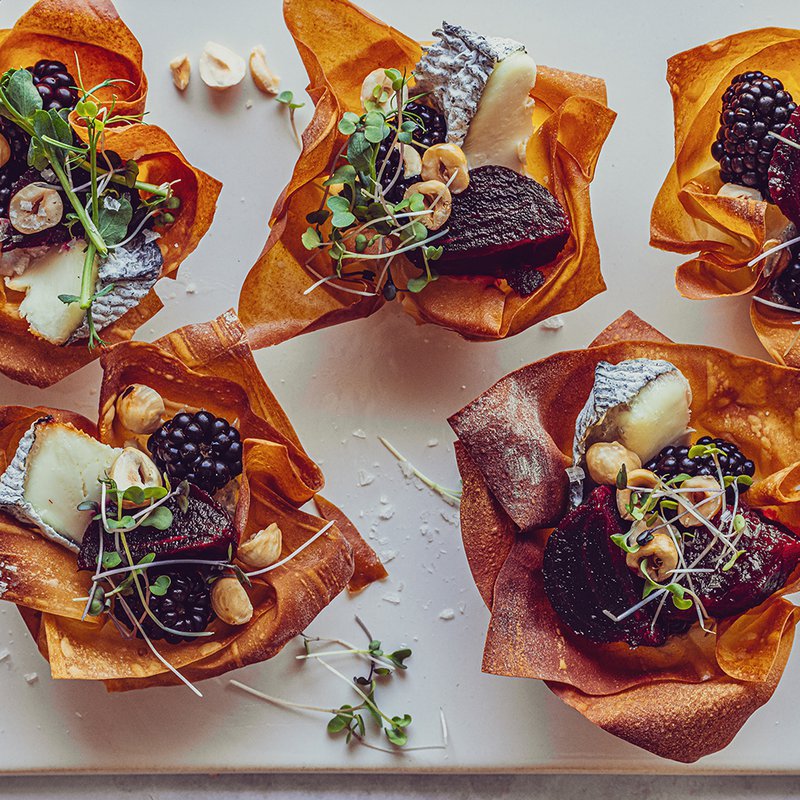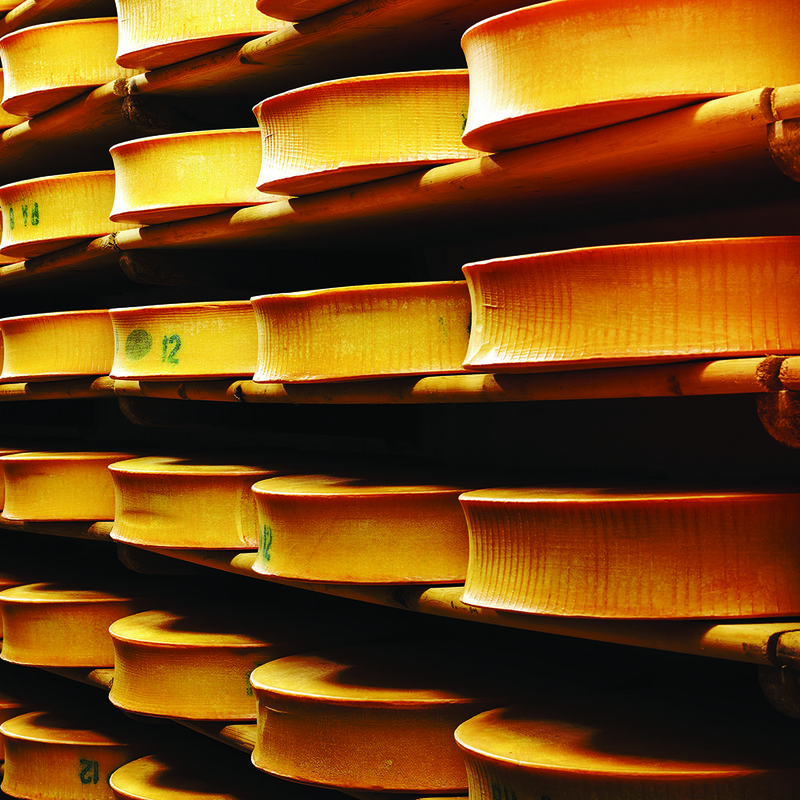MACHECOULAIS A LA TRUFFE NOIRE
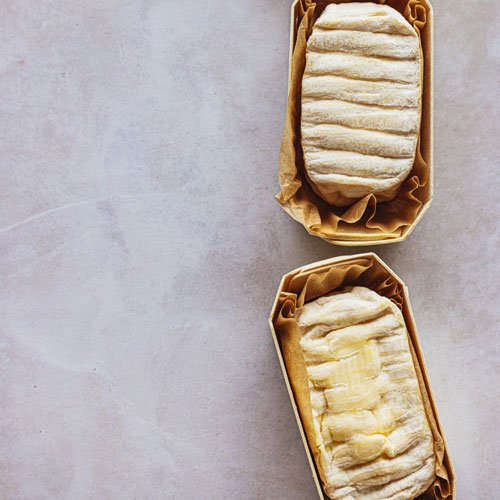
Renowned cheesemaker Pascal Beillevaire went into business almost half a century ago at his family dairy in northeast France, near the mouth of the Loire River. He used to collect the milk by hand for producing his own butter and yoghurt, later graduating to cheese and creating more than 100 varieties. His first, Machecoulais, remains his favourite: a fresh, unpasteurised, ultra-creamy cow’s cheese with milky, faintly grassy flavour, a velvety rind and a texture more like goat’s cheese (firm in the middle, soft at the edges). This particular iteration adds an extra winning element by way of earthy black truffle.
MILK: Unpasteurised cow’s milk
AROMA: Milky, herbal
TEXTURE: Creamy
PAIRING SUGGESTIONS: Crusty country bread or thick, salted biscuits
MOTHAIS SUR FEUILLE
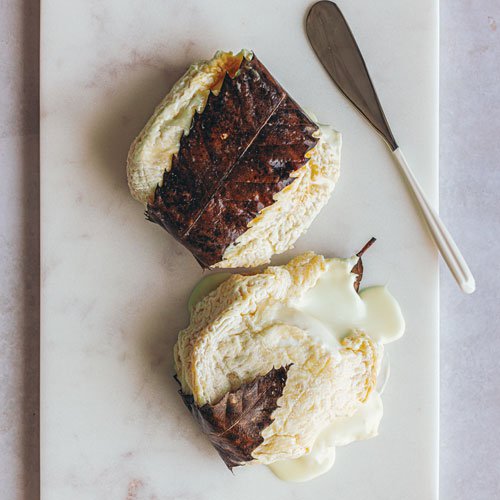
Named after the town of Mothe-Saint-Héray where it has been made and sold since the 19th century, this provincial delicacy of Western France has a slightly unorthodox production method. Fresh goat’s milk is matured under unusually high humidity (almost 100%), so that it develops a deep blue-green mould beneath a traditional covering of chestnut or sycamore leaf. The resulting fragrance and flavour is a little idiosyncratic too, with deep, earthy notes of soil and wood reaching up toward a higher hint of citrus. Texture-wise it starts out runny but firms up with age.
MILK: Pasteurised goat’s milk
AROMA: Earthy
TEXTURE: Supple, ripe, firmer with age
PAIRING SUGGESTIONS: Classic French baguette, mixed nuts
VALENÇAY
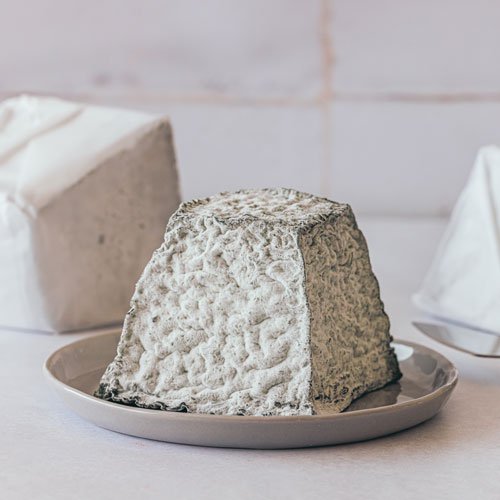
The striking blunted-triangle profile of this young goat’s cheese has a great (if probably apocryphal) anecdote attached: Stopping in Valençay en route from a disastrous military failure in Egypt, Napoleon was confronted with the town’s namesake pyramidal cheese. Enraged to be reminded of Cairo, he lopped the top off with his sword, creating the odd shape the product still bears today. Ripening in an airy, humid room creates a blue-grey mould that is dusted with charcoal, and the tangy, salty flavour grows nuttier with age.
MILK: Unpasteurised goat’s milk
AROMA: Sweet, earthy
TEXTURE: Creamy
PAIRING SUGGESTIONS: Bread, salad, fresh fruit
MONT VENTOUX
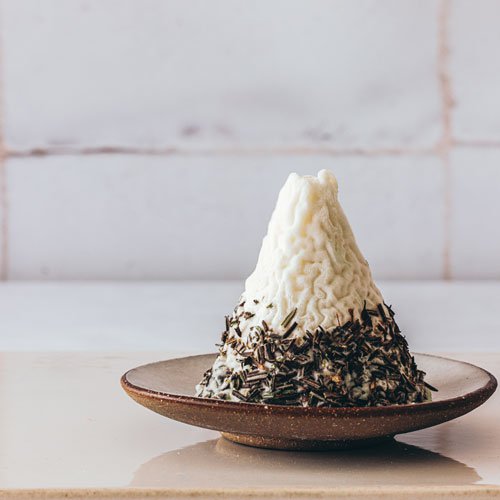
Taking its name and distinctive, elongated cone shape from the “bald-topped” mountain under which it is made in Provence, this soft cheese is made with raw goat’s milk (though some variations use cow milk) and matured for about four weeks. The soft yet dense texture is ideal for grilling and serving on toast, and the taste itself is fresh yet intense, light yet lactic, with the cheese growing both firmer and stronger with time.
MILK: Pasteurised goat’s milk
AROMA: Light, herbal
TEXTURE: Fresh, dense
PAIRING SUGGESTIONS: Toasted bread, salad
TOMME BRÛLÉE
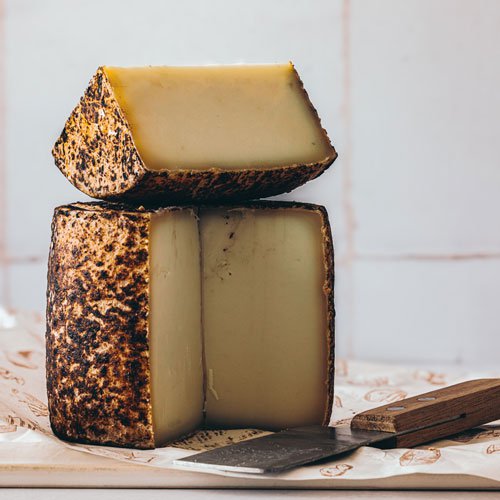
The ‘brûlée’ element is the defining factor here, as a classically hard farmhouse sheep’s cheese from the Basque region of southern France is aged a few months before the rind is then flame-singed, just like the crunchy shell of that classic custard dessert. The blackening effect is aesthetically appealing, but also creates an incredible sweet, salty, smoky flavour that still carries the memory of grasslands and barnyards but also evokes a certain dinner-table nostalgia with its hints of brown butter and classic Sunday roasts.
MILK: Unpasteurised sheep’s milk
AROMA: Pungent
TEXTURE: Dense, solid
PAIRING SUGGESTIONS: Fresh berries, fruity desserts
